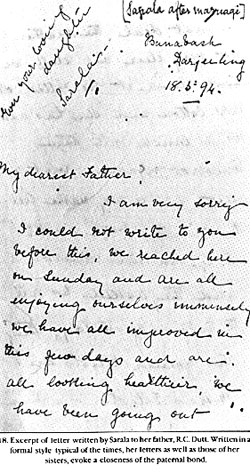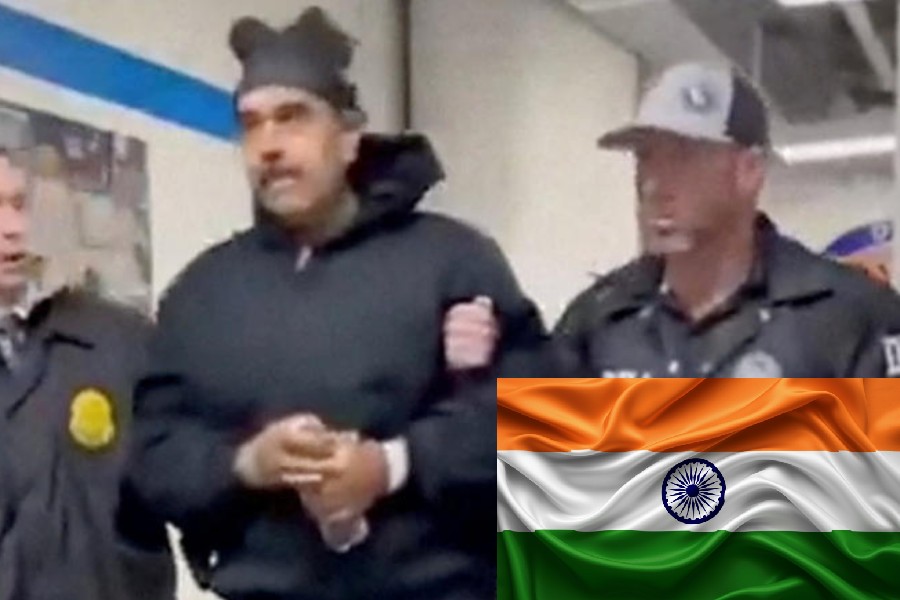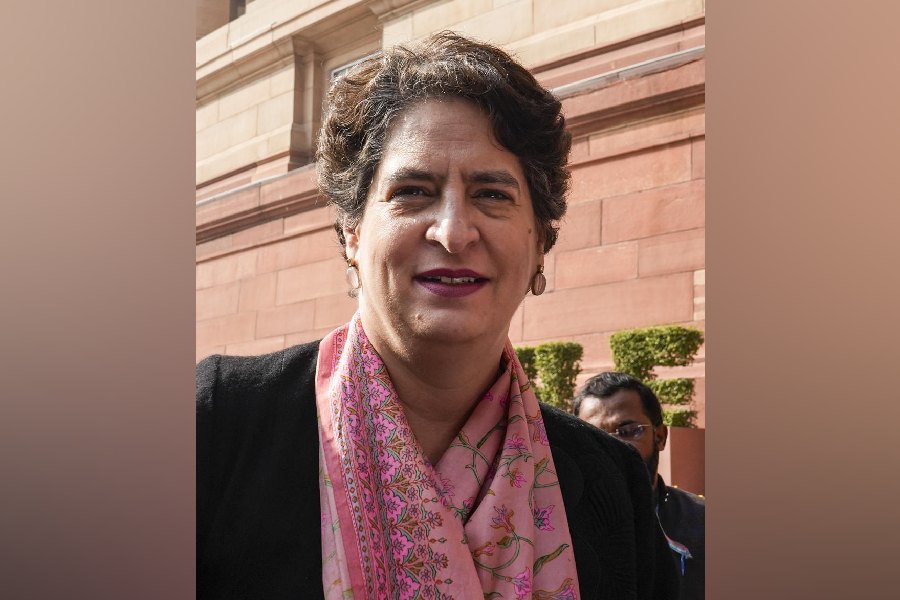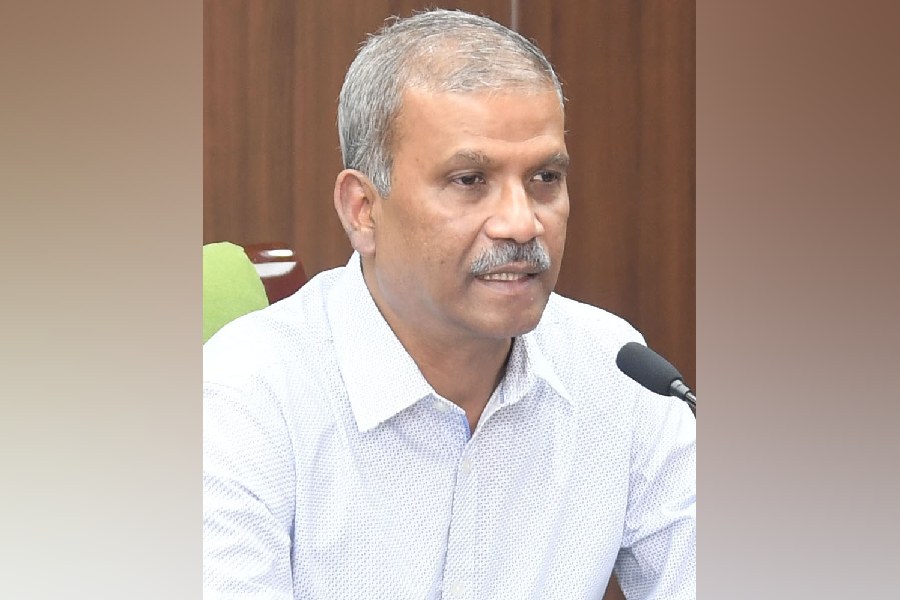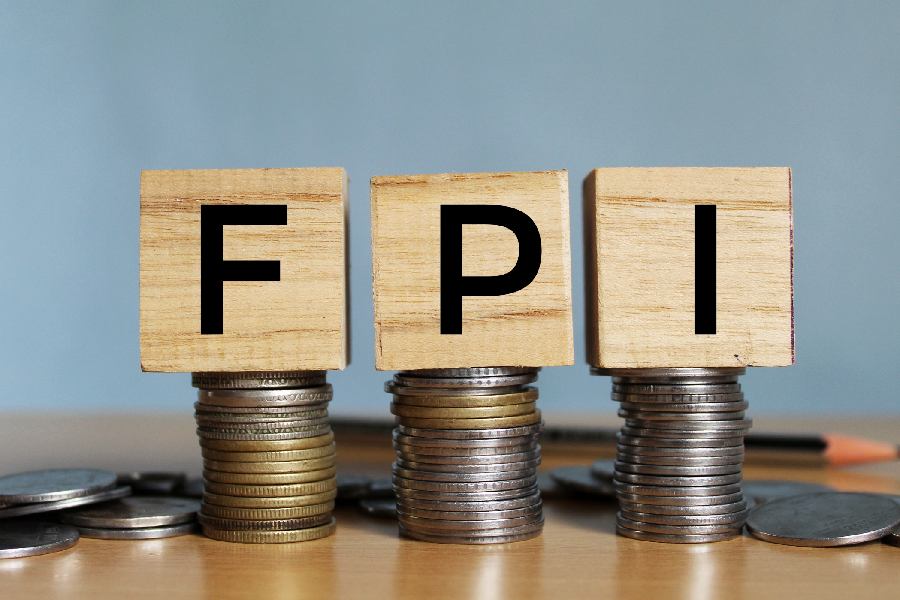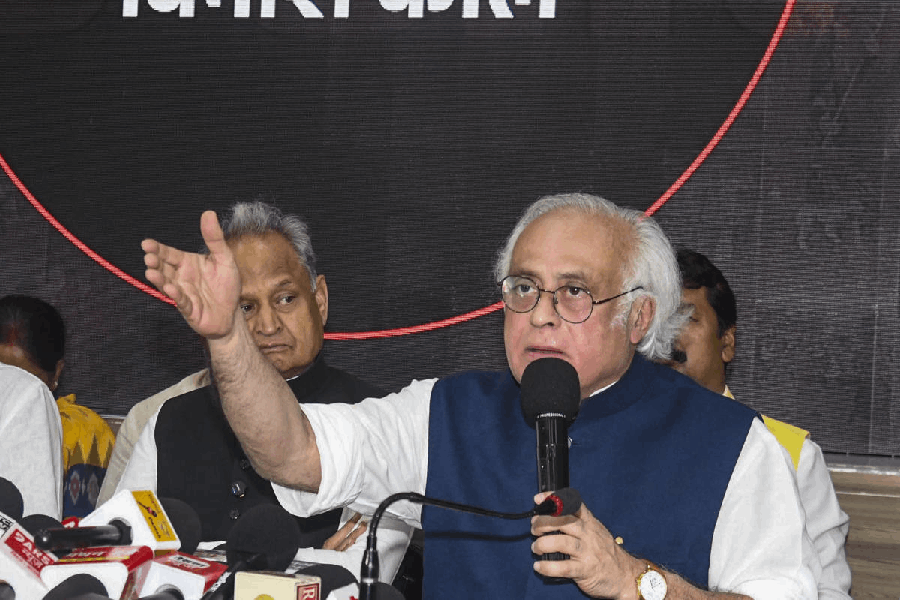|
|
I think the committee on reforms of the criminal justice system has not received as much attention as it should have. This is the Justice Malimath committee. Roughly, two-thirds of our backlog consists of criminal cases, although the proportion varies, depending on whether we have the Supreme Court, high courts or lower courts in mind. There has been some attempted reform of the civil justice system. We should now focus on reforming the criminal justice system and this is what the Malimath committee is about. The recommendations are in the public domain, some of which are about general trends. So they do not have specific statutory amendments in mind. Others are more specific. Why have the Malimath committee’s recommendations not attracted more attention? There is a quote from André Gide at the beginning of the report: “Everything has been said already, but as no one listens, we must always begin again.” Is it that we are too cynical about the process and skeptical about any possible reform? Or is it the case that the report has not always been easily accessible?
Before we can talk about criminal justice, we need to have some definition of crime. There has to be an objective definition. Otherwise, your definition of crime may be different from mine. In other words, crime must be defined through a statute that applies to all society.
The core statute for defining crime is of course the Indian Penal Code of 1860. But there are other definitions of crime also under other statutes, and this is sanctioned through sections 41 and 42 of the IPC. Section 41 states, “A Special Law is a law applicable to a particular subject.” Section 42 states, “A local law is a law applicable only to a particular part of India.” Data on crime originate with the National Crime Record Bureau and are published as a report by the ministry of home affairs. They are therefore divided into IPC crimes and crimes under the special and local laws. There are 21 major statutes under SLL.
In this article, I am not going to talk about recommendations proposed by the Malimath committee. Instead, I will focus on the state of criminal justice, as evident from statistics quoted by the committee. From that, since the criminal justice system is so bad, one derives the logic for reforms.
I have heard several people say that the state of criminal justice in India is appalling. Absolutely true. I have heard several people say the conviction rate is less than 5 per cent. May very well be true. But I have absolutely no idea where that figure comes from. It is certainly not a figure quoted by the Malimath committee. Nor is it a figure that, in an overall sense, you will be able to establish using data from the NCRB.
Let us get one phenomenon out of the way first. If the justice delivery system is unsatisfactory, I may not bother to go and report a crime. It is simply not worth it. There are parts of India where the only people who can offer credible redressal against crimes are criminals themselves. Therefore, there will always be under-reporting. While acknowledging this, there is no way you can correct for this statistically. There are no reliable surveys that tell you what the extent of under-reporting is. That apart, there will be regional-cum-urban/rural differences. If I am in a village where there are connectivity problems, the police station is several kilometres away and I lose a day’s wages in reporting a crime, what is the probability of a crime being reported, even if efficiency improves?
To create further problems, we have the distinction between cognizable and non-cognizable crimes, courtesy the Code of Criminal Procedure. “Cognizable offence means an offence for which, and cognizable case means a case in which, a police officer may, in accordance with the First Schedule or under any other law for the time being in force, arrest without a warrant.” “Non-cognizable offence means an offence for which, and non-cognizable case means a case in which, a police officer has no authority to arrest without warrant.” The First Schedule of the CrPC gives me a listing of which offence is of what kind. So do the IPC and assorted SLL. In a cognizable crime, there is onus on the police to record a first information report, visit the scene of the crime, arrest the offender and investigate.
We know that unless magistrates specifically instruct the police, the police are simply not bothered about non-cognizable crimes. Even in the case of cognizable crimes, we do know that the police may simply shoo the complainant away. How many people in India are aware of their rights and push for them? The point I am making is simple and is similar to what I said about under-reporting. While these problems are genuine enough, there is no way to correct for them. Hence my problem with the 5 per cent or less than 5 per cent kind of figure.
From the Malimath committee, or outside, I only have data on cognizable crimes. That too, cognizable crimes that are registered. I am not a lawyer, or a policeman or a judge. But I simply cannot figure out how anyone can obtain any data on overall crime.
Back to the Malimath committee, which has data on cognizable IPC crimes for 2000, the latest year for which we have data from the NCRB. There were 1.77 million cognizable IPC crimes in 2000. This figure of around 1.7 million registered cognizable IPC crimes has been the trend in the Nineties, with minor increases. However, the number of cognizable SLL crimes was 3.4 million in 2000 and this has declined from 4.6 million in 1996. One should not jump to the conclusion that Indians have become less crime-prone. Nor is the argument about non-reporting having dramatically increased very plausible. I suspect this declining trend has something to do with liberalization. Thanks to reforms, many socio-economic crimes have now ceased to be crimes. If you normalize the total number of registered cognizable crimes by dividing by the total population, you will find that India does pretty well in cross-country comparisons. From that, the deduction that Indians are less crime-prone will of course be a leap of faith.
We have a total registered cognizable crime figure of 5.17 million in 2000. We also have a total police force of 1.03 million in 2000. In a place like Delhi, the police may be busy with other things like VIP duties. In a place like Bihar, the police may be busy with anything other than investigating crime. But the all-India average workload per investigating officer is 42.6 cases per year. That is quite a bit and does not do justice to the business of investigation, especially because these are cognizable crimes, and not total crimes. Nor do these figures cover non-investigative duties.
However, do note that the workload has declined from 60.4 cases per year in 1996, and this is a continuous decline. That’s partly because the size of the police force has increased and partly because the number of SLL crimes has declined. All registered cognizable crimes are not investigated by the police. More accurately, every investigation does not necessarily result in a charge sheet. For IPC crimes, the disposal rate by the police was 79.1 per cent in 2000, and for SLL crimes, it was 94.5 per cent. Throughout the second half of the Nineties, the disposal rate has been between 76 per cent and 80 per cent for IPC crimes and between 85 per cent and 95 per cent for SLL crimes. Admitted, these figures are only for registered cognizable crimes. But these are not as bad as you would have normally thought them to be a priori.
The problem is much more serious for trial courts. Stated differently, our cynicism with the criminal justice system is due more to the low probability of conviction, not necessarily low probability of prosecution. But that’s another story.

